This study will adopt the ‘life course’ approach as a theoretical and methodological framework to examine how demographically selective flows of internal migration by age, religion, social class, gender and health contributes to the process of segregation and desegregation between 1974 and 2015. Using the key components of the life course (cohorts, aging and time periods) as a framework the study will conduct the following investigations;
Firstly, ‘cohorts’ provide a means to investigate how groups of similar aged people in Northern Ireland collectively experience macro level forces such as the political developments relating to the Northern Ireland troubles along with processes of economic and social change which interact to give rise to distinct migratory behaviors. Thus, providing a basis to make inter cohort comparisons over time.
Secondly, acknowledging that cohorts are not homogenous groups, ‘intra cohort’ stratification by religion and social class will provide a basis to investigate how individual’s demographic characteristics and household preferences at the micro scale interact with structural developments at the macro and meso scales to give rise to distinct patterns of migration and social and religious segregation. Structural developments will be contextualised to take account of the unique political situation and legacy of inter communal violence in Northern Ireland.
Thirdly, building upon the first two key investigations, the study will trace cohorts migratory behavior as they age and progress through the life course at the ‘inter cohort’ and ‘intra cohort’ scales. ‘Inter cohort’ comparisons will be made to show how structural and demographic change has altered life course migration such as the age an individual first moves out of the family home.
Fourthly, along with migration natural population change through births and deaths can also alter the composition of local areas. With this in mind the study will seek to show how migration has altered the demographic composition of areas above and beyond natural population change.
Fifthly, to quantify the impact of selective migration over time on religious and social segregation the study will use a mix of traditional segregation indices including the Index of Dissimilarity (D), Isolation Index and Exposure Index to show the before and after effects of selective migration, identifying areas where selective migration has contributed to increasing and decreasing levels of segregation. the viability of discrimination as a contemporary contributory factor.


